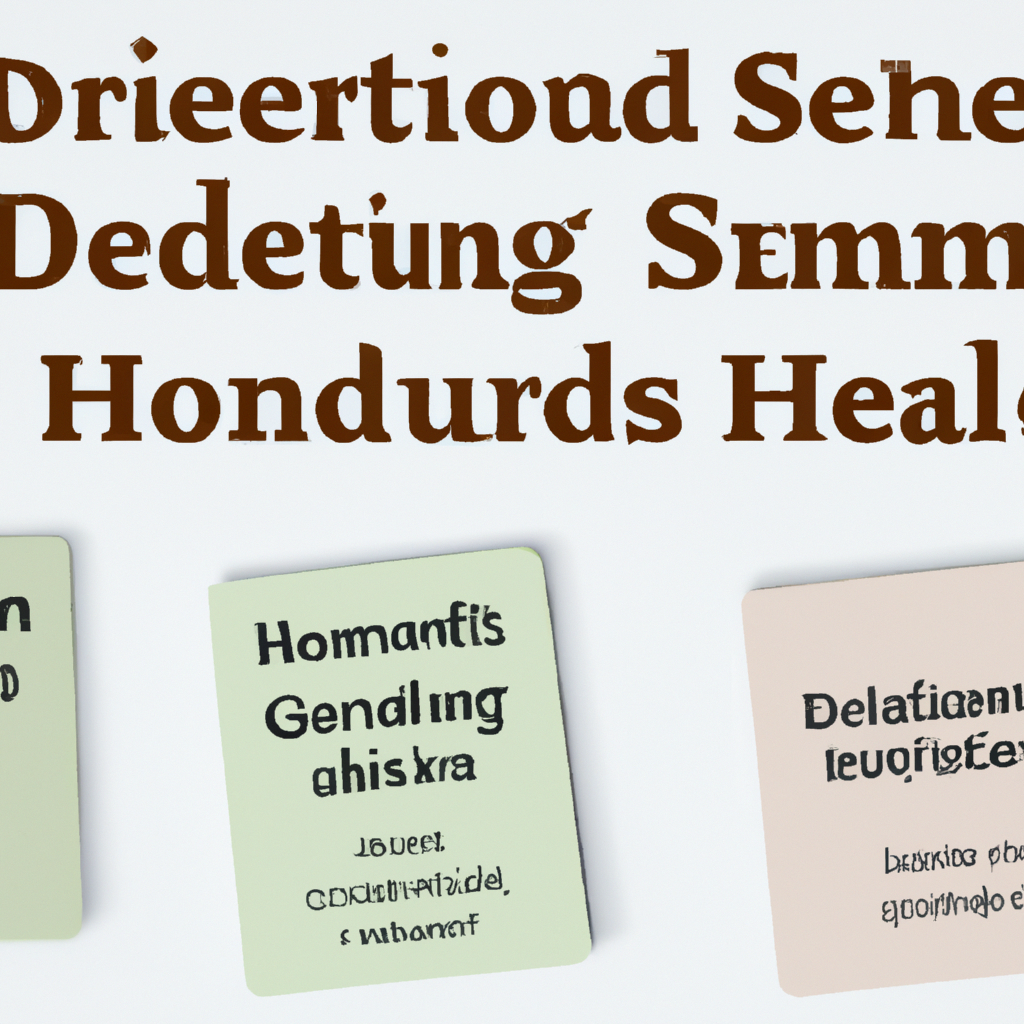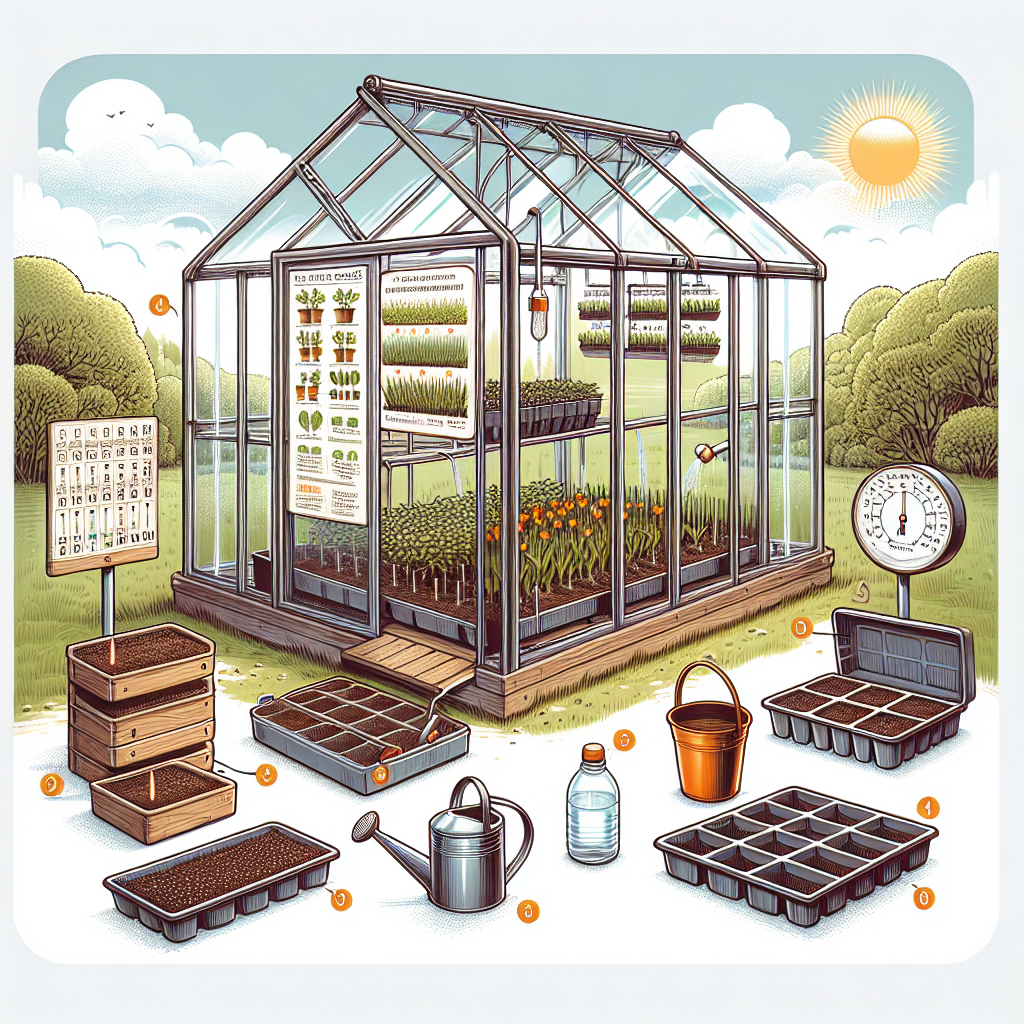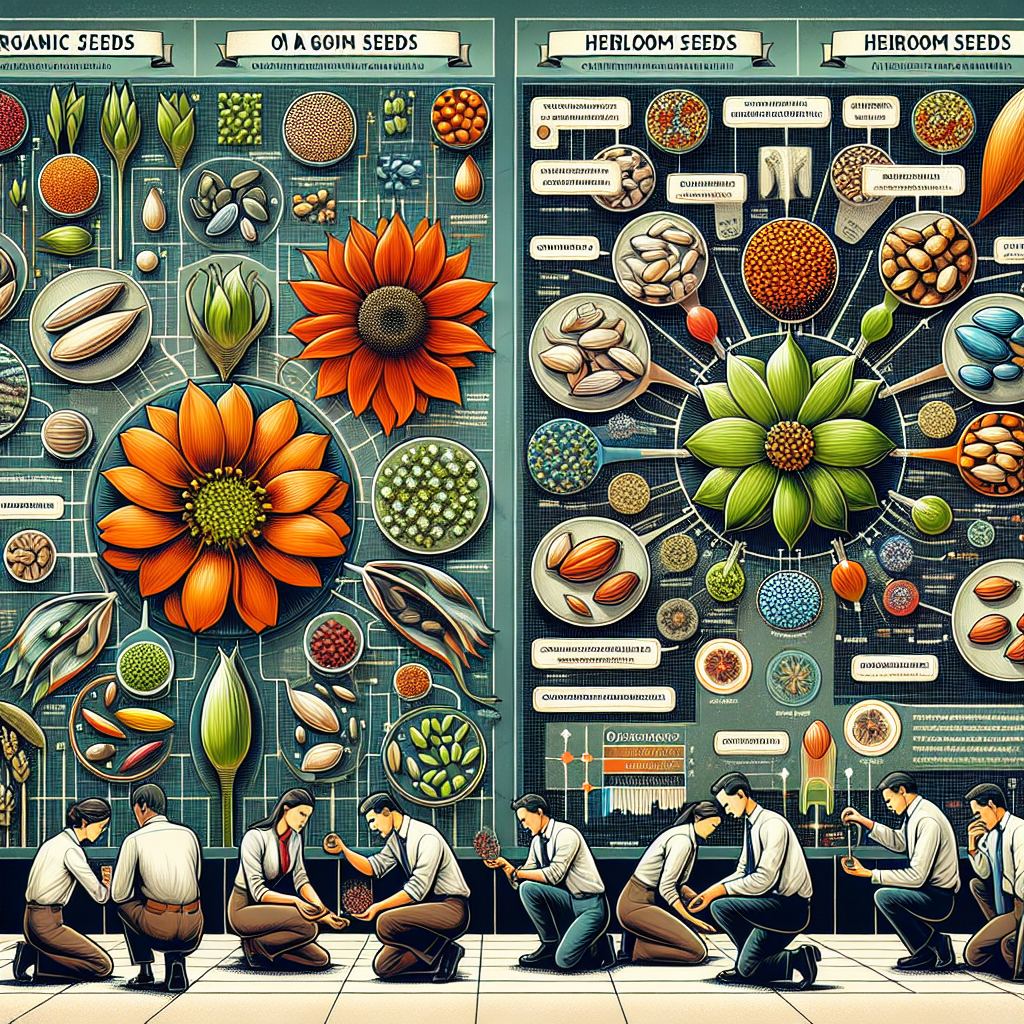Difference Between Organic and Heirloom Seeds with High Yield
If you are passionate about gardening and want to maximize your harvest, it’s essential to understand the difference between organic and heirloom seeds with high yield potential. Your choice of seeds greatly influences the quality, taste, and volume of your crops. This comprehensive guide will help you differentiate between organic and heirloom seeds, explore their benefits for high-yield gardening, and uncover which option is best for your needs.
What Are Organic Seeds?
Organic seeds are harvested from plants grown according to organic farming principles. These seeds come from parent plants that were cultivated without synthetic fertilizers, pesticides, or genetically modified organisms (GMOs). Organic certification ensures that the seeds, and their parent plants, have not been exposed to harmful chemicals during their entire growth cycle.
- Pesticide-Free: Grown without chemical pesticides or herbicides.
- Non-GMO: Not genetically modified in any way.
- Sustainable: Produced using environmentally friendly farming practices.
- Healthier Soil: Help maintain soil fertility and microbial balance.
Organic seeds are often associated with higher resilience to diseases and pests, promoting a healthier and more sustainable garden ecosystem. They are a popular choice for gardeners who prioritize environmental impact and food safety.
What Are Heirloom Seeds?
Heirloom seeds are open-pollinated seeds that have been passed down through generations—often for 50 years or more. They are valued for their unique flavors, appearances, and storied histories. Heirloom plants can be vegetables, fruits, or flowers, and are prized for their genetic diversity and ability to produce true-to-type offspring.
- Open-Pollinated: Pollinated naturally by wind, insects, or birds.
- Genetic Diversity: Preserve unique traits and adaptability.
- Non-Hybrid: Not cross-bred for modern commercial agriculture.
- Seed Saving: Seeds can be saved and replanted year after year.
Heirloom seeds offer gardeners a chance to grow rare, flavorful, and colorful varieties, often with stories connected to specific cultures or regions. They are especially popular among those who value biodiversity and traditional gardening practices.
Organic Seeds vs Heirloom Seeds: Key Differences
| Feature | Organic Seeds | Heirloom Seeds |
|---|---|---|
| Farming Method | Certified organic practices | Traditional, open-pollinated methods |
| Genetic Modification | Non-GMO | Non-GMO |
| Age/History | Modern or traditional | Passed down for generations (50+ years) |
| Seed Saving | Possible, but not always true-to-type | Reliable, true-to-type seed saving |
| Yield Potential | Often bred for disease resistance and high yield | Yield varies, usually not bred for maximum yield |
| Flavor & Diversity | Varies, depending on variety | Often exceptional flavor and diversity |
High Yield Gardening: Which Seed is Best?
The potential for high yield depends on several factors: climate, soil health, gardening practices, and the type of seeds you choose. Here’s how organic and heirloom seeds measure up for gardeners seeking abundant harvests:
Organic Seeds for High Yield
Many organic seed varieties are specifically selected for vigorous growth, robust yield, and resistance to local diseases. Because organic farming demands resilience, these seeds often produce plants capable of thriving in less-than-ideal conditions. For those prioritizing maximum output with minimum chemical inputs, organic seeds are a strong choice.
- Good for eco-friendly and sustainable gardening
- Frequently offer reliable, high-yielding crops
- Support biodiversity and healthy soil
Heirloom Seeds for High Yield
While heirloom seeds are not always bred for yield, many heirloom varieties can produce abundant harvests, especially if they are well-adapted to your local climate and soil. Heirlooms excel in flavor and uniqueness, and certain types (like Cherokee Purple tomatoes or Kentucky Wonder beans) are known for their productivity.
- Excellent for gardeners seeking diversity and flavor
- Yield can vary depending on variety and growing conditions
- Supports preservation of rare and traditional varieties
Can Seeds Be Both Organic and Heirloom?
Absolutely! A seed can be both organic and heirloom if it comes from a historic variety and is grown according to organic standards. This overlap allows gardeners to enjoy the best of both worlds: the environmental benefits of organic agriculture and the genetic diversity of heirloom plants.
Choosing the Right Seeds for Your Garden
When choosing seeds for a high-yield garden, consider your goals:
- For maximum yield and disease resistance: Choose organic seeds bred for productivity and resilience.
- For unique flavors and biodiversity: Select heirloom seeds, especially varieties known for high yields in your area.
- For sustainability and tradition: Look for seeds labeled as both organic and heirloom.
No matter your choice, prioritize soil health, watering, crop rotation, and proper plant spacing to get the most from your seeds.
Related LSI Keywords and Concepts
- High yielding seeds
- Organic gardening
- Heirloom plant varieties
- Non-GMO seeds
- Open-pollinated seeds
- Seed saving techniques
- Sustainable agriculture
- Best seeds for vegetable garden
- Plant biodiversity
- Eco-friendly gardening
Conclusion
The difference between organic and heirloom seeds with high yield comes down to your gardening priorities. For sustainable, high-output gardens, organic seeds are often the top choice. If you prefer unique flavors, history, and diversity, heirloom seeds are unmatched. Selecting the right seeds—and combining both types—can help you create a productive, healthy, and rewarding garden.



